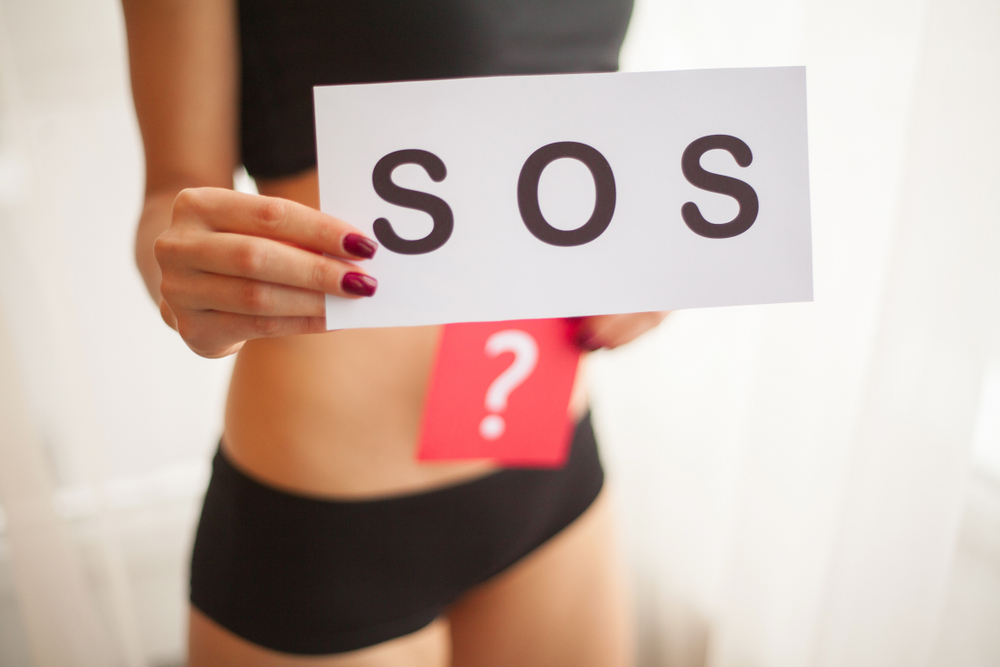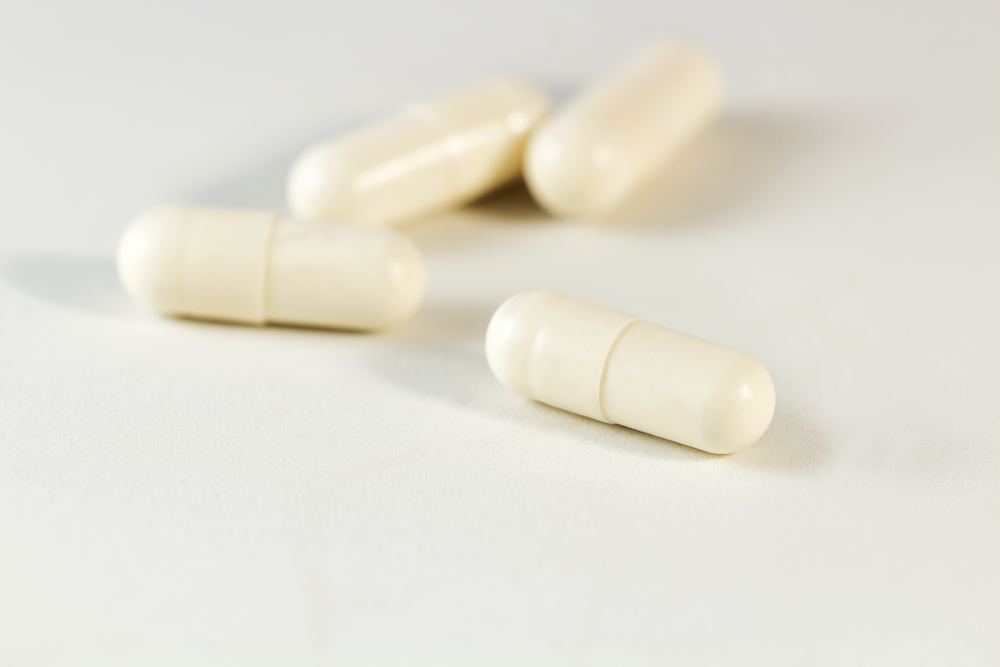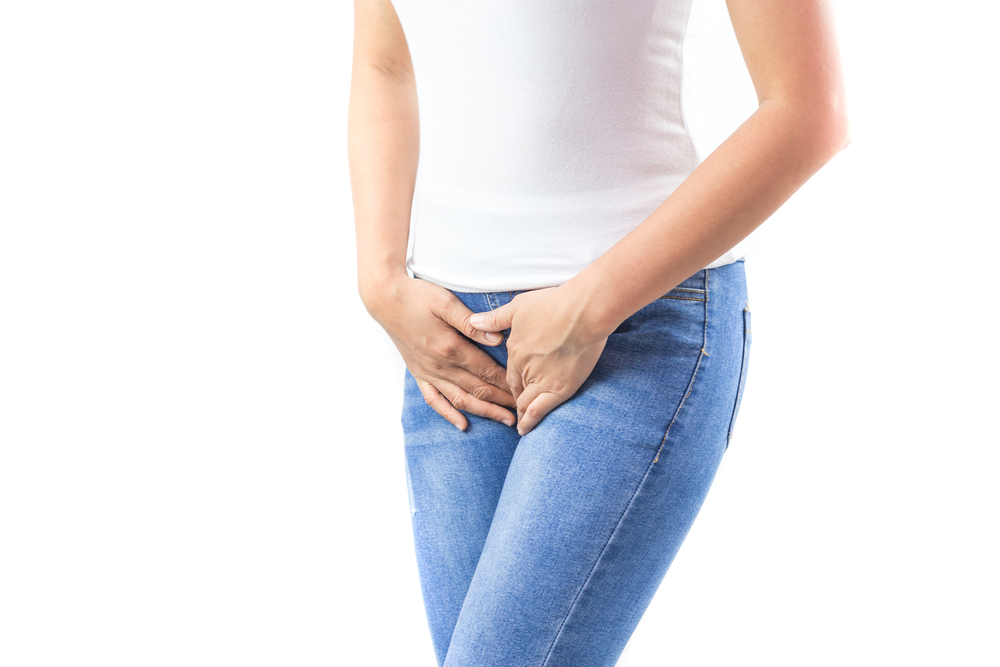It’s interesting to note that three out of every four women experience a vaginal yeast infection in their lifetime. Moreover, almost half of the women that experience this infection will see it return at least once. Unfortunately, a vaginal yeast infection can be pretty unpleasant, especially considering the vaginal itching after sex. Thankfully, some practices can help with the treatment and prevention of yeast infection. For instance, following a yeast infection diet and taking probiotics for vaginal health can make a world of difference. Of course, it’s crucial to see vaginal yeast infection specialists if this kind of issue seems to persist suspiciously. That said, we’ll further discuss how to stop vaginal itching and manage yeast infections properly.
Most Common Causes of Recurrent Yeast Infections
There’s no clear answer as to why some women get yeast infections once in their lifetime. Some deal with recurring infections and vaginal itching after sex, while others never have to experience this issue. There are, however, some risk factors that may make a woman more prone to developing it. These include:
- Altered hormonal balance
- Frequent antibiotic use
- HIV
- Obesity
- Synthetic clothing
- Uncontrolled diabetes mellitus
Why do infections return? Some scientists suggest that this might result from a severe allergic reaction to candida after the initial infection. Others, however, claim that sex can also be a risk factor due to spermicidal condoms causing vaginal irritation, thus making a vagina more prone to infections.
Regardless of what the ultimate cause of returning yeast infections is, the most important thing is that even the initial infection may be successfully prevented.

Symptoms of a Vaginal Yeast Infection
If you’ve suffered from this disease at least once, you probably know its symptoms all too well. For the women who have yet to deal with this disease or are dealing with it right now, it’s essential to be aware of the symptoms. The most common ones are as follows:
- Redness and swelling around your vaginal area
- Vaginal pain
- Unusually thick, watery discharge
- Burning pain during sex or while urinating
- Vaginal itching after sex
All of these symptoms can become quite unpleasant. That’s why you should do your best to prevent an infection however you can.
Does Clothing Affect Infection Chances?
Believe it or not, the clothes you wear can increase the risk of developing a vaginal yeast infection. To be more precise, synthetic clothing ups the chances of you suffering from such an infection. Even if synthetic clothing doesn’t cause an infection by itself, it can cause an allergic reaction, which can heavily contribute to you having to deal with the yeast infection.
Furthermore, sitting around in sweaty clothes (after a training session, for example) may also provide the yeast with perfect conditions to overgrow. Therefore, one of the possible answers to how to stop vaginal itching is to choose your clothes carefully.
Limiting your use of pantyhose is heavily recommended (as is the case with leggings and tights). If you want to wear stockings, make sure that you choose an option with a cotton crotch. It’s also an excellent choice to wear cotton panties as well.
Also, never sleep in tight-fitting pajamas. Opt for looser, flowing ones instead. Remember to change your underwear before going to bed as well. This will help keep your genitals dry, thus heavily limiting the potential growth of yeast.
Yeast loves moist environments, so don’t just focus on your clothing. It’s vital that you dry the vagina properly every time you take a bath or a shower. Furthermore, avoid using scented sanitary pads and toilet paper. These contain dyes to which you may also be allergic.
How Can Yeast Infection Diet Help?
When we talk about how to stop vaginal itching and reduce the risk of yeast infection, we have to mention the importance of a proper diet. Changing your eating habits a bit can prove to be highly effective in this case. In fact, you can try the yeast infection diet or the so-called anti-candida diet to limit and/or eliminate foods that the yeast may have an “affinity” to. These include sweets, but also:
- Any food containing simple sugar
- Glutenous grains
- Anything fermented with yeast
- Many dairy products, including milk
It’s essential for you to stick to green vegetables and protein, as well as nuts and herbal tea. These are the kind of foods and drinks you need to eat a lot of.
Probiotics for Vaginal Health
Aside from maintaining a proper diet, taking some probiotics for vaginal health can also make a difference. Yogurt that contains the friendly Lactobacillus acidophilus bacteria cultures is an excellent addition to your diet. This is because many types of bacteria live in your digestive tract and even on your skin, performing many valuable functions. Consuming probiotics will help restore the desired number of good bacteria while at the same time preventing a wide variety of illnesses – including but not limited to vaginal yeast infection.

Lifestyle Changes You Should Implement
In order to successfully protect yourself from vaginal yeast infections, you will need to implement some changes to your lifestyle as well. Good genital hygiene is required; in fact, it’s absolutely a basic must-have, but that’s not all there is to it.
Not all underwear is the same. In order to prevent vaginal yeast infections, we recommend you settle for underwear made of cotton. It will help keep your genitals dry. Sleeping without any kind of underwear on could also help.
Do not wear swimsuits for too long. After getting out of the water, you should immediately change into your regular clothes, unless you’re planning to return to the swimming pool after a brief moment. A wet swimsuit will keep the area around your vagina moist, providing the perfect environment for yeast to spread. For precisely the same reason, you should avoid wearing tight clothing, especially when the temperature is high, causing you to sweat.
Avoid douching and scented or colored tampons, pads, and toilet paper – low-quality dyes may cause an allergic reaction to your skin. Of course, you should always change tampons and pads on a regular basis.
Finally, remember to keep things clean and fresh. Take regular baths or showers, and when it comes to taking care of your vaginal area, use mild and unscented soap.
Should You Visit a Doctor?
Generally, you’ll be able to manage a vaginal yeast infection on your own. You should, however, make an appointment with your doctor if this is the first time you’re experiencing this condition. Furthermore, consider visiting a specialist after developing any kind of strange, unusual symptoms. A visit will also have to be scheduled when over-the-counter antifungal vaginal products won’t work as well as they’re supposed to.
Although a vaginal yeast infection is always unpleasant, it can be managed relatively easily. More importantly, it can be prevented – you just have to modify your lifestyle a little bit. Of course, if you’re not sure what route to take, find the symptoms too worrying, or generally need professional advice on what to do, don’t hesitate to reach out to us at Advanced OBGYN Institute.



